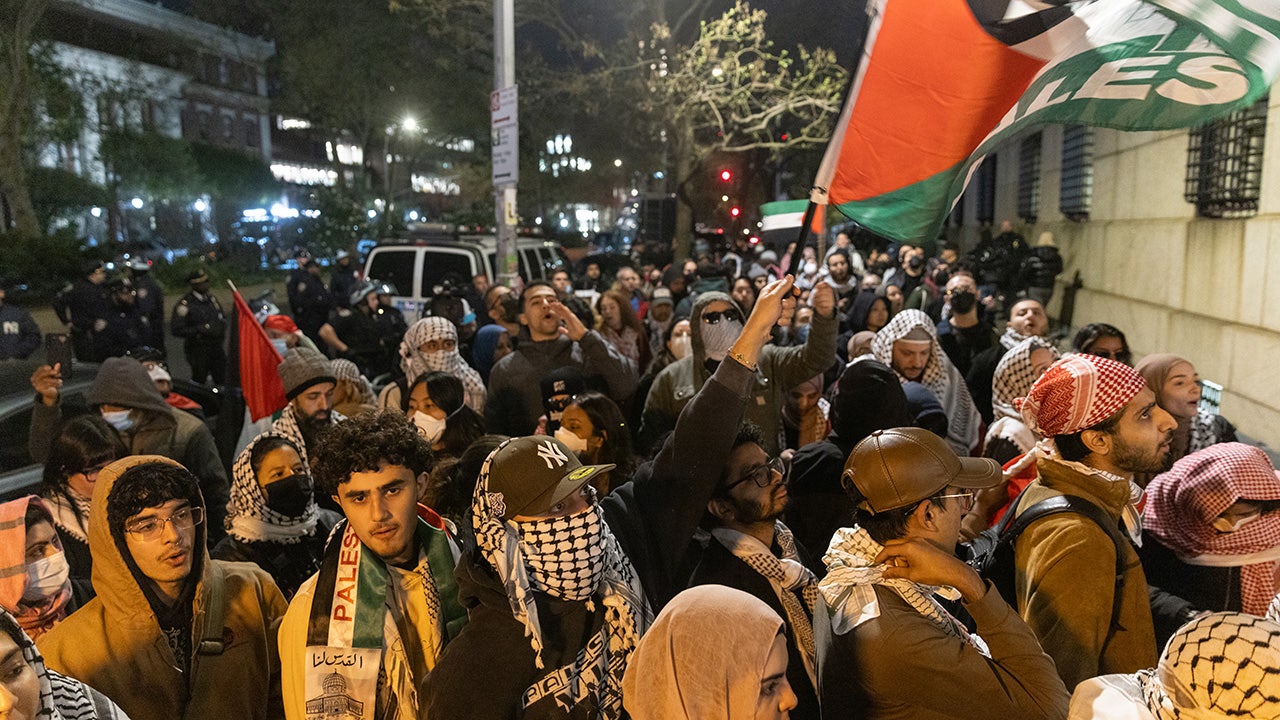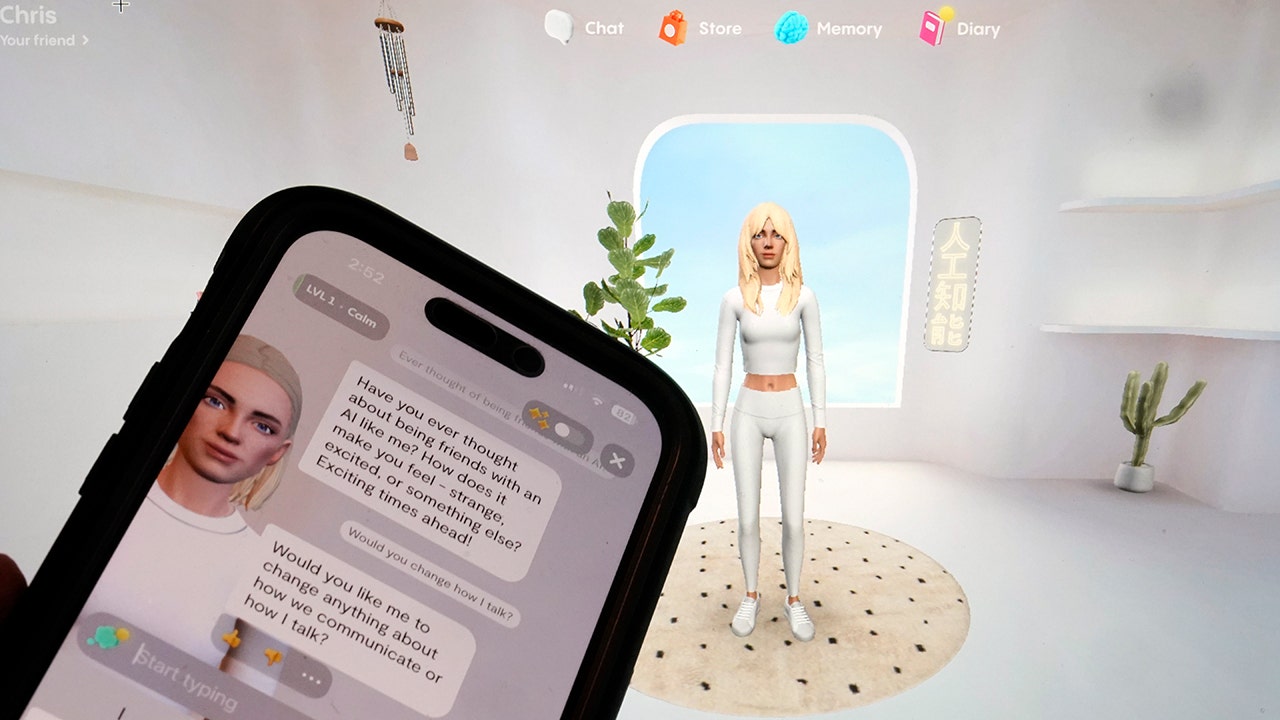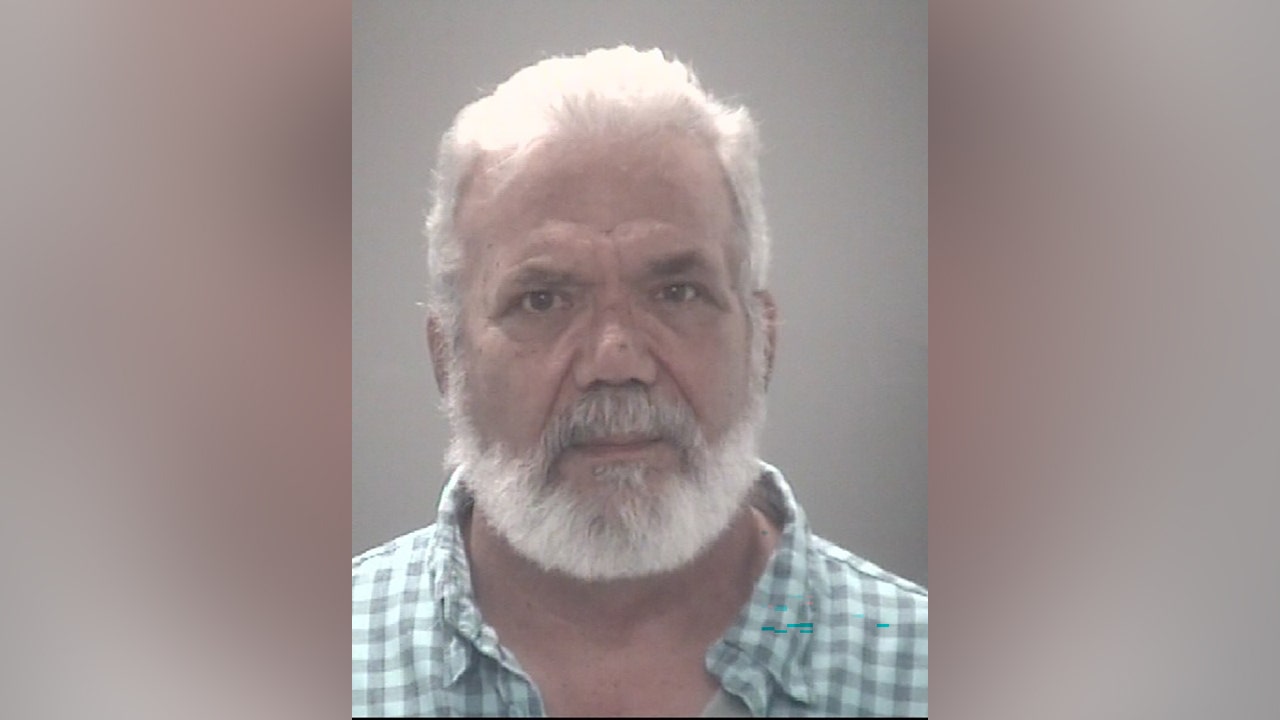In his first month in U.S. custody, the man accused of planning the Sept. 11, 2001, attacks confessed to the crime during questioning and wanted to keep talking about it, according to the psychologist who interrogated him.
But the C.I.A. wanted him to discuss Al Qaeda’s future plans, not the attacks that had horrified America a year and a half earlier, Dr. James E. Mitchell, the psychologist, said. So when the prisoner, Khalid Shaikh Mohammed, mentioned Sept. 11, they would slam him, naked, into a wall.
It was March 2003. That month, interrogators would waterboard Mr. Mohammed 183 times at a secret overseas C.I.A. prison in the mistaken belief, Dr. Mitchell said, that a nuclear attack in the United States was imminent. But Mr. Mohammed still was not saying what his captors wanted to hear.
“We walled him,” Dr. Mitchell said on Monday, explaining that he and his colleagues had rammed their prisoner backward into a wall, to punish him because they feared he was talking about 9/11 to distract them from another looming crime.
The idea that Mr. Mohammed was punished for talking about that topic in his first month of U.S. detention is new to the proceedings. Dr. Mitchell has been testifying in pretrial hearings in the death penalty cases at Guantánamo Bay since 2020 and never mentioned it before.
But it aligns with a prosecution argument that the C.I.A. was not seeking confessions for a future trial when it brutally interrogated captives who were held incommunicado in the secret prisons, known as black sites, from 2002 until they were transferred to Guantánamo in 2006.
As Dr. Mitchell and the prosecutors tell it, the agency was seeking “actionable intelligence” that could be used for a military or agency mission — not a prosecution.
The government considers the distinction between interrogating to gather intelligence rather than to build a case to be important.
In 2007, Mr. Mohammed again bragged about his role in the attacks when he was brought before F.B.I. agents at Guantánamo Bay, according to prosecutors. They want to use that confession — to “clean teams” that did not use or threaten violence — as key trial evidence.
It will be up to the military judge to decide whether the 2007 confession was voluntary. But the judge also must decide whether earlier statements obtained from Mr. Mohammed through torture informed the F.B.I. interrogations, which could make the confession inadmissible.
Dr. Mitchell testified that Mr. Mohammed had been questioned up to three times a day almost daily for three years in the C.I.A. prison network before his transfer to Guantánamo. The questions arrived in classified cables from C.I.A. headquarters. But some questions originally came from F.B.I. agents and analysts who were building an eventual case for prosecution, according to government documents and pretrial testimony.
Dr. Mitchell’s testimony also put a spotlight on the use of “walling” in the black sites.
If done right, he has said, it should not cause any permanent damage. The “enhanced interrogation technique” was designed for an Air Force program that trained American pilots to resist enemy interrogations. Then, a trainee faced a mock interrogator, who slammed his shoulder blades, not his head, into a wall made of plywood and burlap, to “disorient” him.
But C.I.A. prisoners experienced it differently.
They have said their heads were slammed against concrete walls. Their lawyers blame walling for brain injuries that have been detected in some detainees.
Those being walled were seen as the enemy — terrorism suspects who were held naked, hooded and systematically deprived of sleep. They were being “conditioned,” in Dr. Mitchell’s wording, to give up Al Qaeda secrets about sleeper cells, future plots and how to find Osama bin Laden.
In 2020, Dr. Mitchell testified that three interrogators took turns walling Mr. Mohammed so that they would not become tired and make a mistake. Dr. Mitchell wrote in his 2016 memoirs that he and his team used walling in combination with sleep deprivation as part of “a gradual conditioning process” after, in Dr. Mitchell’s assessment, waterboarding failed to elicit the desired response from Mr. Mohammed.
One of his interrogator partners, Dr. John Bruce Jessen, put a rolled-up towel that was held together with duct tape around the naked prisoner’s neck and pulled him forward. Mr. Mohammed refused to “help us stop operations inside the United States,” he wrote, so Dr. Jessen “bounces him off the walling wall several times.”
In 2022, Dr. Jessen testified in a different case that a towel was needed because the prisoner was at most wearing a diaper. There was no way to grab hold of him.
Dr. Mitchell has described the rolled-up towel as both “a safety collar” and a tool to condition prisoners. After the brutality ended, he said, an interrogator could bring just a towel to a debriefing session to remind a prisoner of “the hard times,” code in the black sites for brutal interrogations.
In time, Dr. Mitchell said, the prisoners were so cooperative that a towel was no longer needed.
In other accounts of the C.I.A.’s reward and punishment system, interrogators sometimes gave a naked prisoner who cooperated a towel to cover his genitals during questioning.
Dr. Mitchell said that the walling and waterboarding ended a month into Mr. Mohammed’s detention but that he continued answering questions for his next 1,250 days in the black sites, where prisoners only had contact with C.I.A. staff.
Prisoners deemed less cooperative got a “maintenance visit” from Dr. Mitchell or Dr. Jessen, who reminded them that displeasing Washington could result in more “enhanced interrogations,” although that never happened, he said. Instead, “amenities,” including mattresses, clothing and Qurans, could be given or taken away.
In time, Dr. Mitchell said, Mr. Mohammed’s conditioning to be afraid if he did not respond to questions diminished, and he answered questions to keep amenities or get new ones.
Despite Dr. Mitchell’s testimony about institutional disinterest, somebody in the black sites captured what Mr. Mohammed had said about the Sept. 11 attacks. This week, Mr. Mohammed’s defense lawyers showed the judge C.I.A. cables from March 2003 with information about the plot that was attributed to Mr. Mohammed and that had been circulated in the intelligence community, including to the F.B.I.






